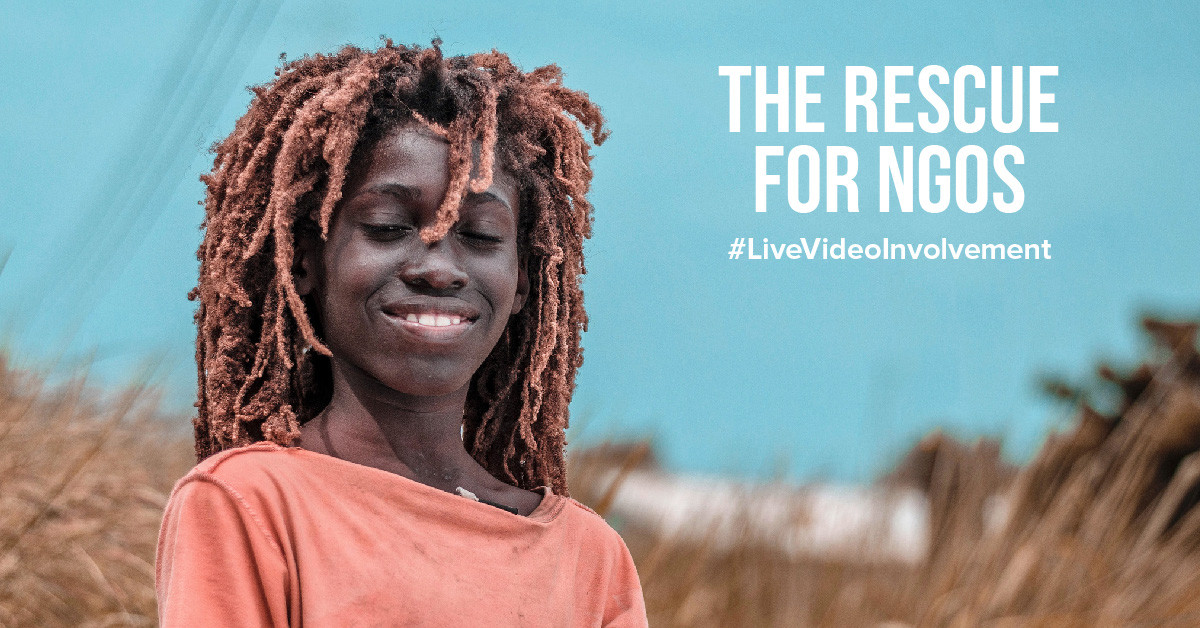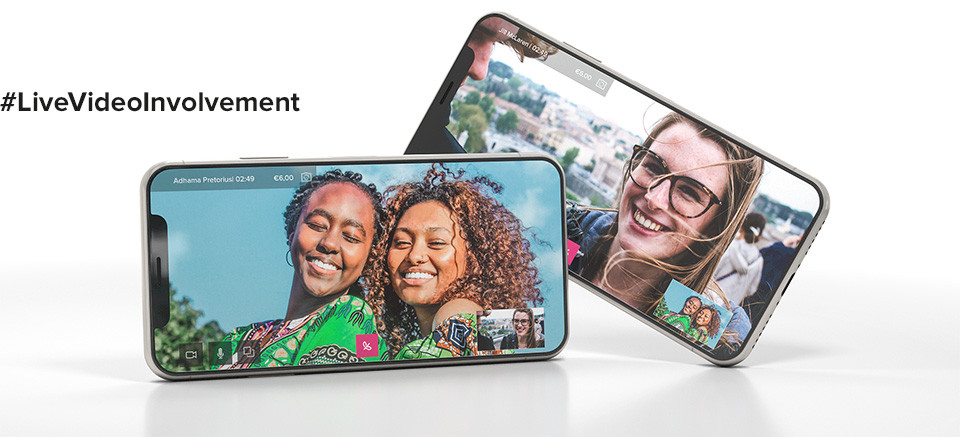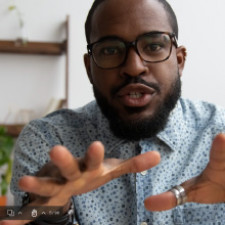The rescue of NGOs | Live Video Calling
Is there a way that live video calling could rescue the NGO's? Because many of them are in trouble these days because lack of funding. And this is for a good reason.
Whether or not they are right, unlike companies, consumers perceive all the money that a charity does not spend on the cause for which they are fighting for as wasteful. No matter how much some charities do their best to keep overhead costs low, the supporters want to see that the full amount they donate goes to the cause.
This is, of course, an unrealistic expectation and therefore it is essential to look at the reason why consumers want this.
Supporters' trust in NGOs is marginal
The Edelman Trust Barometer 2019 shows that although trust in NGOs has increased slightly, only 57% of consumers trust NGOs. In addition, this trust has only risen slightly recently after falling over the years. There is a connection between why consumers want NGOs to spend all their donations on causes and the trust that they have in NGOs.
Different studies show that consumers have different needs, which NGOs seem to find difficult to meet. The various cases from the past in which misuse of funds, mismanagement, and deception have come to light have meant that many NGOs are faced with the difficult task of regaining the trust of their benefactors.
Does the average NGO keep up with the modern world?
The general perception of benefactors is that many NGOs are sluggish and sometimes old-fashioned institutes that struggle to keep up with the modern world. At a time when every day on Facebook, Instagram or other social media platforms everyone makes their entire private lives public, NGOs keep their doors frightfully closed.
At least, that is how the majority of consumers and supporters experience it. The beautiful photo, film and in-depth articles have lost their effect and impact on the new generations of supporters. They are seen as advertising, while consumers are now accustomed to real-life communication and instant news.
The new generation has an intense need to see and experience what is happening today - or rather NOW - instead of what was happening yesterday or last month.
NGOs are missing an opportunity here that can also contribute to increasing consumer trust.

How can NGOs improve their image?
Many NGOs have two challenges to overcome that have to do with the image of the NGO itself, the seriousness and image of the cause they are committed to, and the media needs as well as the information provided to the benefactor.
The challenges of the average NGO
- NGOs need to become more transparent in order to regain consumer confidence.
- NGOs should better tailor their information medium and type of information to the supporter.
After the rise of mobile phones, text messaging, and chatting, there is a new trend going on. Live Video Calling. It is not that a consumer does not appreciate a good article or a nice chat, but if there is a choice between a live video session with actual information from a real person or a content article, 80% choose the live video session.

80% choose a live video session instead of a content article.
Advertisers know that video ads score up to 5 times better than a standard banner. The impact of live video ads is now being studied but we are aware of cases where the impact was up to 50 times better than a standard banner.
Whether from a sensational point of view, not wanting to miss anything or wanting to feel like you've been there, live video calling is so attractive to consumers that you can't ignore it anymore.
Live video calling on location for NGOs
No matter how much you read and know about it, if you haven't been on location yourself, it's hard to imagine what exactly is needed and how (effective) an NGO works on location.
Thanks to the rapidly increasing global coverage of 3G and 4G internet and because almost all NGO employees own a Smartphone, it is possible to have donors and consumers live on the location where the real work takes place.
This has been possible for some time now by using Facebook live video or YouTube streaming videos, but this can also be done by using the social networking platform CallTheONE.
Unlike Facebook and YouTube, CallTheONE facilitates that the consumer automatically can donate per minute as long as he or she is allowed to watch and listen on location via the Smartphone of the NGO employee.
With this form of donation, the supporter immediately receives something in return for the donation. Namely an experience. The confidence that his donation will be properly received and well spent will increase and the chance of a recurring donation will also increase.
Have a look at this article about the 10 practical features of TheONE.

Privacy and live video calling
When employees make use of live video calling on location, this involves a great deal of responsibility. Even though for some people the desire for sensation is the main reason for wanting to see on-site, it is the responsibility of the NGO to protect the privacy of those in need on location.
In addition, of course, there are many countries where people do not want to appear in front of the camera because of their (superstition) beliefs. By acting responsibly, NGOs can involve their target group more in their local activities and the need for these activities and anticipate to the current medium and information needs of the public.
What are the advantages of live video calling for NGOs?
Thanks to live video calling on location - or perhaps even at the head office - an NGO can increase the confidence of the supporter and consumer. The more trust, the more donations. And the more donations, the more help can be provided. In addition, live video calling offers the following advantages:
- Fulfilling a direct and personal information need of benefactors
- Direct and greater involvement in the activities and developments on location
- A new and contemporary medium for receiving donations
- Transparency about the progress of the activities
- Addressing new - sometimes difficult to reach - target groups
Conclusion: There are no or very few reasons for NGOs not to use the latest techniques in the field of live video calling. For some NGOs, it may even be their last resort to keep the supporters connected to themselves and their causes.
NGOs need to keep up with the modern world before they are surpassed by time and technology. Live video calling brings them a big step closer to today's modern times where it's all about the experience and wanting to be there.
Would you like to know more about how you can use CallTheONE's live video calling solution for your charity or NGO? Please contact an employee of TheONE. They can also advise you on other solutions such as Facebook live video or YouTube streaming video.
-
Nicci SeverensSEO writer€ 0,17 pm
-
Zita DusaContent | Research€ 0,75 pm
-
Jose PallasDigital strategist€ 0,37 pm
-
Glenn van den BoschPhotographer writer€ 0,25 pm
-
Izrrael SandreaDigital Marketing€ 2,00 pm
-
Jose W.Digital marketing€ 2,50 pm


















